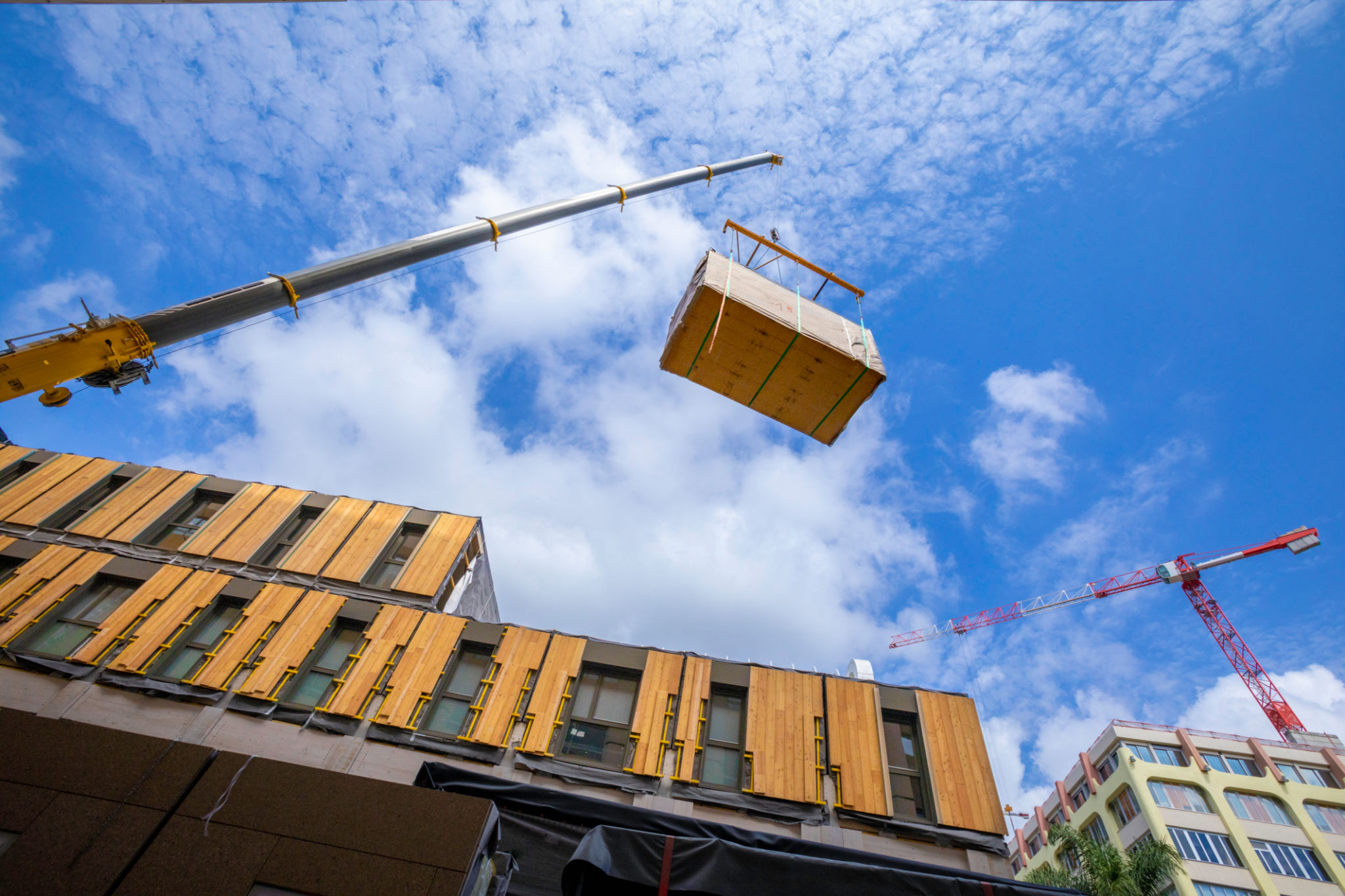Common Misconceptions About Sustainable Construction
Understanding Sustainable Construction
Sustainable construction is a rapidly growing field that aims to reduce the environmental impact of building processes and structures. However, there are many misconceptions surrounding this concept. It's essential to debunk these myths to better understand the true benefits and practices of sustainable construction.

Myth 1: Sustainable Construction is Too Expensive
A common misconception is that sustainable construction is prohibitively expensive. While it's true that some initial costs might be higher due to eco-friendly materials or technologies, the long-term savings often outweigh these expenses. Sustainable buildings typically consume less energy and water, leading to reduced utility bills over time. Furthermore, as technology advances, the costs of sustainable materials continue to decrease.
Myth 2: Sustainable Buildings Are Less Durable
Another myth is that sustainable buildings are less durable than traditional structures. In reality, sustainable construction often emphasizes durability and resilience. By using high-quality materials and innovative designs, these buildings can withstand harsh environmental conditions more effectively, ensuring longevity and reducing maintenance costs.

The Role of Technology in Sustainable Construction
Technology plays a pivotal role in sustainable construction, yet many people believe that eco-friendly buildings rely solely on traditional methods. In fact, modern technologies such as Building Information Modeling (BIM), smart systems, and energy-efficient appliances are integral to sustainable design. These advancements help optimize resource use and minimize waste, making construction processes more efficient.
Myth 3: Sustainable Construction Limits Design Creativity
Some assume that building sustainably restricts architectural creativity. However, sustainable construction encourages innovative design solutions that integrate functionality with aesthetics. Architects are challenged to find creative ways to incorporate natural light, ventilation, and green spaces into their designs, resulting in visually stunning and environmentally friendly buildings.

The Broader Impact of Sustainable Construction
Beyond individual buildings, sustainable construction has far-reaching implications for communities and the environment. It contributes to healthier living spaces by improving air quality and reducing pollutants. Additionally, it supports local economies by sourcing materials locally and creating green jobs.
Myth 4: Sustainable Construction Only Benefits the Environment
While environmental benefits are a crucial aspect, sustainable construction also offers social and economic advantages. It enhances occupant comfort and health, leading to increased productivity and well-being. Economically, it can increase property values and attract eco-conscious investors or tenants seeking greener alternatives.
Making Informed Decisions
As the importance of sustainability continues to grow, it's vital for individuals and businesses to make informed decisions about construction practices. By understanding the realities of sustainable construction and dispelling common myths, stakeholders can contribute to a more sustainable future.
